Fill your basket with products by clicking "Add to my collection" from any product page. This can be found either within the product options panel or below the product image. Collections can be saved, and stored, within your HAGS Connect account or create and print your own custom brochure, download the files you need in one go, or to request a quote.
How to select equipment for an inclusive playground
It is important to make conscious and well thought out decisions when determining the types of equipment and play features to include in your inclusive playground and where to place them. Here we discuss the selection of play equipment to maximise inclusive experiences on the play space.
Consider the following points when selecting equipment for your inclusive play area:
- Providing children with elevated play
- The location of equipment in the play area
- Providing multiple levels of challenge
- Having a resting point near a slide
- Using colour on play equipment
- Making sure the coolest thing in the play space is inclusive
We have also gathered some examples of play equipment you could include depending on impairment or condition.
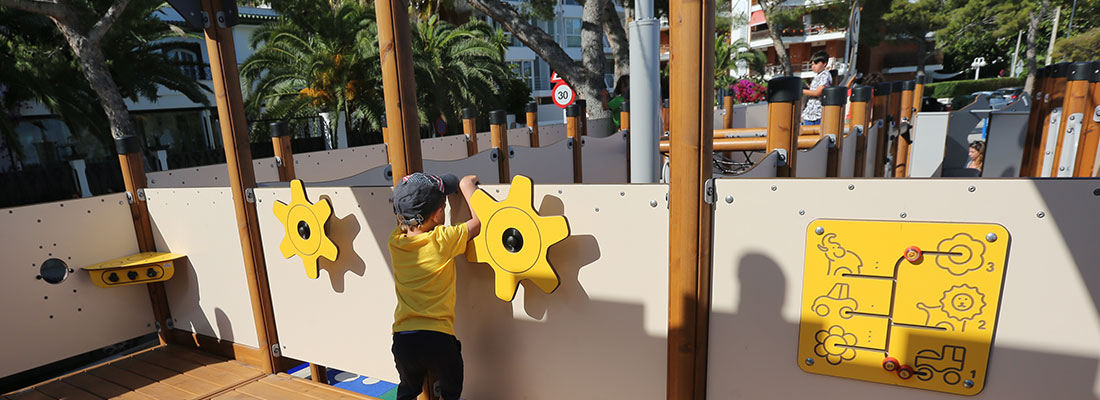
Provide children with elevated play
Children love the experience of height; therefore, it is important to provide them with elevated play when designing a playground for all.
Being high, above everyone and everything else, allows a different experience of the elements (sun, wind) and can give a sense of achievement and wonder. Some children would otherwise rarely get this feeling of height or the sense of perspective in their everyday play.
Think about including play activities on the highest platform which have a high play value and can be enjoyed by children of all abilities, for example, periscopes, musical instruments, play panels, etc.
If possible ensure that the highest slide is accessible via a ramp system or contoured path and try to include at each platform at least one activity for all children to do besides using the slide or going down a climber.
Make sure that the activities are placed at heights that accommodate different reach ranges, activities include periscopes, talk tubes, music or other auditory activity, pulley systems to send things up and down, activity panels that encourage more than once child to play with it at a time, etc.
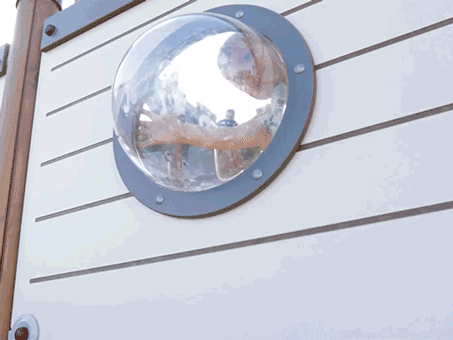
Locating equipment in the playground – adjoining or co-located play
A playground should encourage children of the same age, but different abilities to engage and play in the same location.
Locate similar types of equipment in the same area and provide two or more ways to do the same thing at different challenge levels, such as balancing, climbing, spinning or swinging. This is an example of co-located play.
Incorporate equipment or features with graduated levels of challenge so that children of different abilities can tackle them. Once they have mastered one level or type of challenge they will have further challenges to choose from.
UniMini and UniPlay are great examples of adjoining play. This is when you put together a piece of equipment that has a deck or set of decks attached to a choice of different levels of climbing units, from easy to difficult.
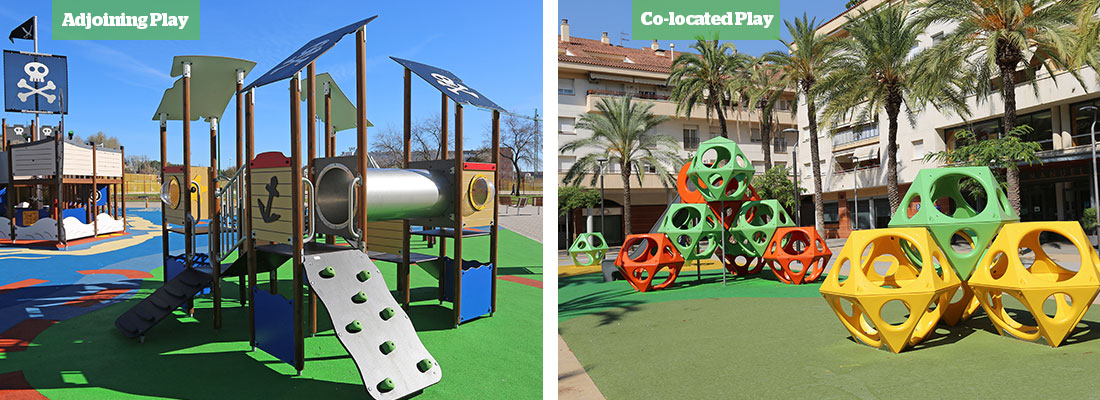
Provide multiple levels of challenge
Choose play activities that provide graduated levels of challenge to ensure that children of all ages and abilities are actively engaged on the play space.
For each type of physical play, try to choose pieces with different levels of difficulty and place the equipment as described in the section above.
For the easiest level of challenge consider creating ground level patterns in surfacing as a play feature, and for the most difficult, choose equipment that requires higher level of motor planning.
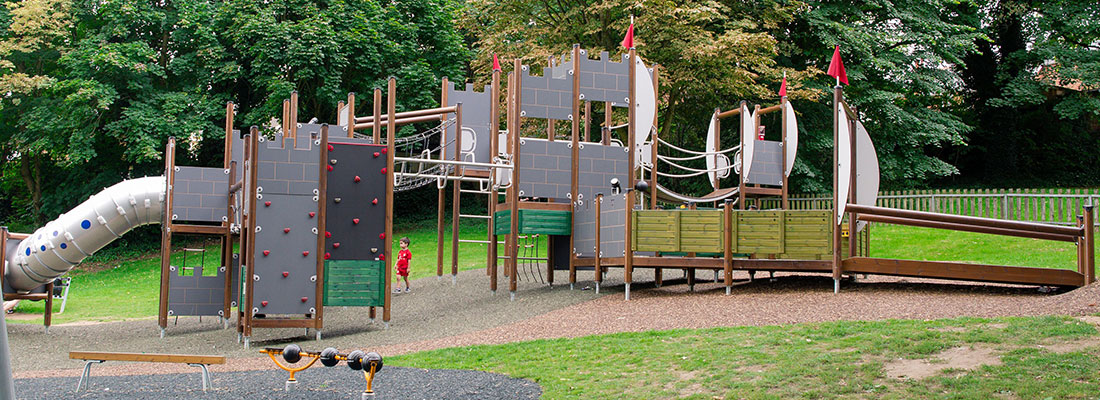
Have a resting point near a slide
It’s a good idea to provide a resting point close to the exit of a slide so that there is somewhere to wait if a wheelchair or mobility aid is being brought down from the top.
Consider placing a seat with back support at the outside edge of the use zone for the slide, this will keep the child safe, preserve their dignity and reduce the distance they need to be carried.
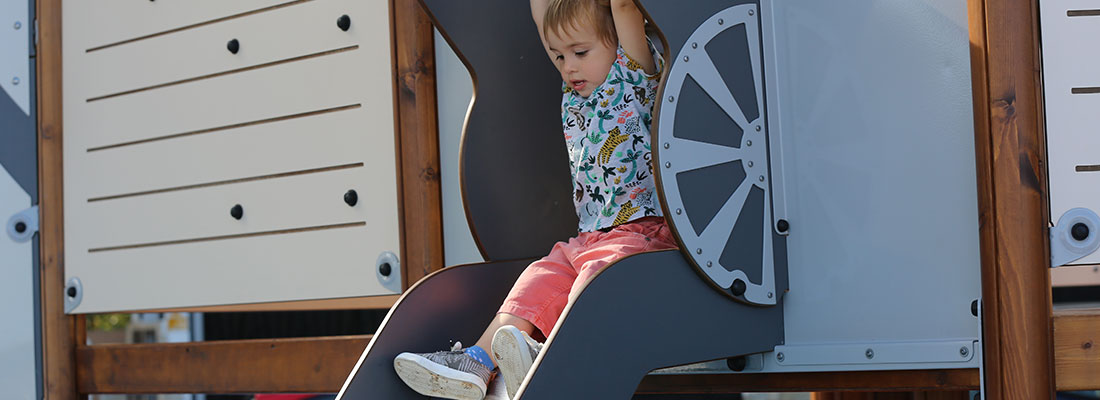
Using colour on play equipment
As well as using colour on the surfacing and as a wayfinding tool, it is also great when used on play equipment for providing contrast to children with low vision as it can help them determine where steps are on the play structure, etc.
Design the use of colour carefully to avoid over-stimulation or confusion by considering the overall palette of colours as part of the design scheme, for example, muted, natural, pastel, monochrome, contrasting, complementary, etc.
Avoid preconceived ideas about which colours children like. Shiny reflective surfaces should also be avoided as they can confuse people with a vision impairment. Furthermore, try to choose material finishes that are matte rather than gloss.
The decks and steps, as much as possible, can have alternating or contrasting colours to delineate where a child should step. Additionally, the hand grips should use a high contrast colour, such as yellow when viewed against a contrasting background.
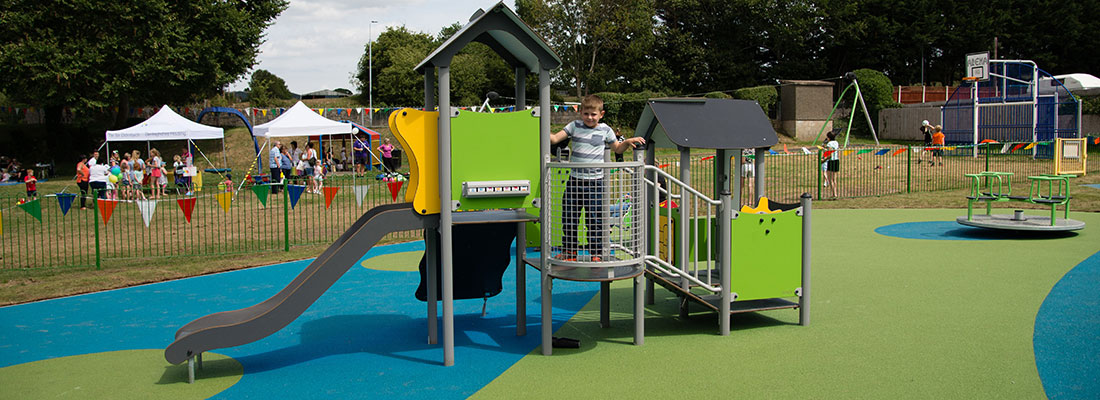
The coolest thing in the play space should be inclusive
Make sure that “the coolest” play activity in the playground is accessible and usable for all. Nothing excludes, separates and creates differences between children more than the special piece of equipment that everyone wants to play on being inaccessible to some of them.
Examine the play activities chosen for the play space and identify the one that will create the most excitement from children. Ensure that this piece of play equipment is inclusive and can be played on by the majority of children.
For example, the most exciting slide has ramps leading to it and the ability to easily transfer. Or perhaps a web net that is easy to use at the ground level and then more advanced as it goes up. Or water play that enables children to control when they engage with the sensation.
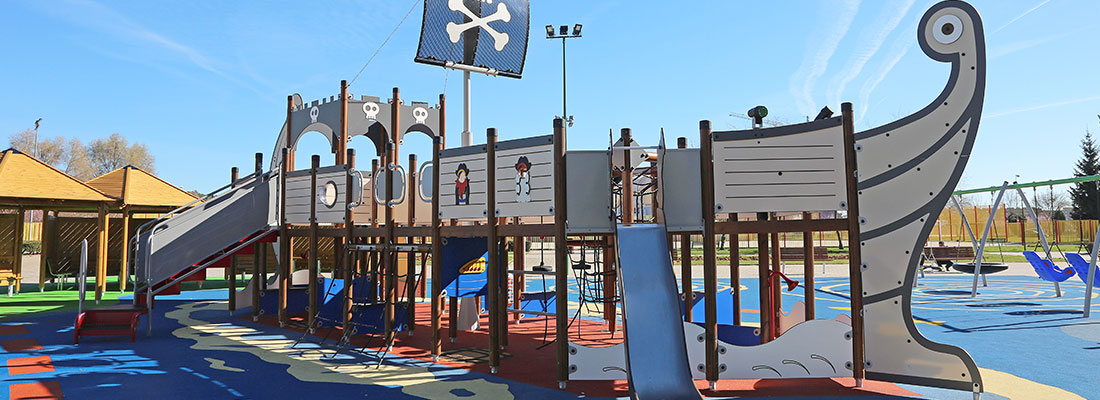
Examples of play equipment to use depending on impairment or condition
Every impairment or condition has a spectrum, which means two people with the same diagnosis may have different needs. The following content therefore contains some generalisations.
Included are some of the most common impairments or conditions for school-age children with a brief information of the impairment or condition and a suggestion of playground equipment that might be especially beneficial for children with that impairment or condition.
Remember that every child has strengths, weaknesses, likes and dislikes. Find out what the children of members of your committee or community like and need, and what they look for in a playground.
We have an extensive range of playground equipment that is inclusive and can be used by children with different impairments or conditions. Speak to our team who will be able to advice you on play equipment that best meets the needs of the users.
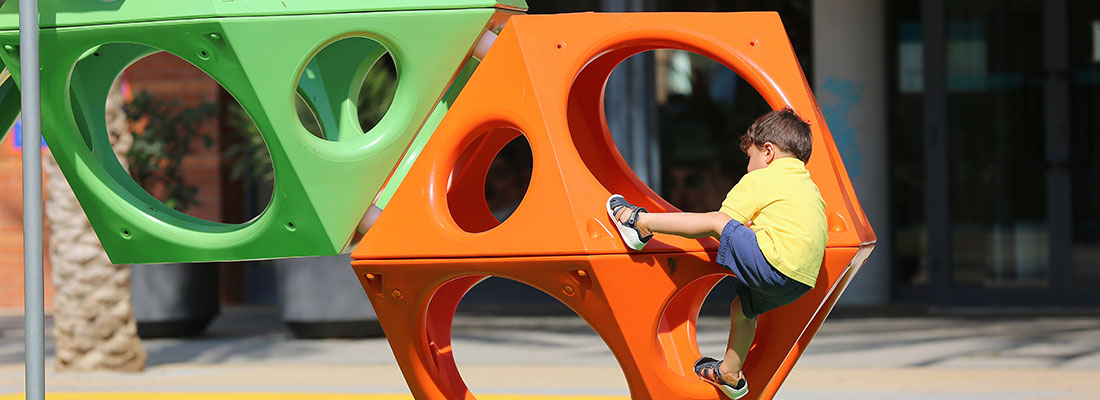
Autism/ Sensory Processing Disorder
Autism is a lifelong, developmental disability that affects how a person communicates with and relates to other people, and how they experience the world around them.
People on the autism spectrum are likely to either seek or avoid sensory experiences. Children with autism and/or sensory processing disorder may have trouble with balance and knowing where their body is in space.
Try to incorporate a lot of sensory equipment, including vestibular and proprioceptive and balancing activities. As well as activities that encourage cooperation and socialisation.
Popular product examples you could include:
Spina Bifida
Spina bifida is when a baby’s spine and spinal cord don’t develop properly in the womb, causing a gap in the spine.
Many children with spina bifida use a wheelchair but may also walk with support. They usually have use of their upper body. Most people with spina bifida have normal intelligence, but some have learning difficulties. Difference in brain development in spina bifida can affect thinking, learning and behaviour (cognition).
We recommend activities that enable a child to develop their upper body strength, spatial awareness, balance and fine motor skills while playing and socialising.
Popular product examples you could include:
Cerebral Palsy
Cerebral Palsy is a condition that affects muscle control and movement. It’s usually caused by an injury to the brain before, during or after birth.
Some people may have associated conditions, while others may not. These can include learning difficulty, epilepsy, hearing impairment, communication difficulties, problems with toileting, behaviour issues.
Cerebral palsy affects a person’s muscles and their ability to control them. Sometimes the muscles contract too much, too little, or all at the same time. Impairment can differ from one individual to the next affecting arms, legs and the face, one limb, several, or all.
Balance, posture and coordination can also be affected. For some this makes tasks such as sitting, standing, rolling, or walking difficult. Others have difficulty grasping objects. Many children with cerebral palsy use mobility aids.
Incorporate equipment that has the most support, as well as, sensory and social activities, and those that promote communication skills.
Popular product examples you could include:
Down’s Syndrome
Down’s syndrome is caused by the presence of an extra chromosome in a baby’s cells. All children with down’s syndrome have some degree of learning disability and delayed development, but this varies widely between individual children.
Children with down’s may be slower to learn skills like sitting, standing, walking, and talking. They will develop these skills eventually, it just takes more time. Around 1 in every 10 children with down’s also have other conditions, such as autism spectrum disorder or attention deficit hyperactivity disorder.
There are some conditions more common in people with down’s syndrome. These include problems with the heart and bowel, difficulties with hearing and vision, a higher risk of infections.
Consider including equipment that will provide good physical, sensory and cooperative opportunities. Supportive equipment will also be important because of low muscle tone.
Popular product examples you could include:
Attention Deficit/ Hyperactivity Disorder
Children who have attention deficit/ hyperactivity disorder (ADHD) are distracted by images, sounds, and an overactive mind. Focusing on one task or activity is difficult for these children. They often start running almost as soon as they learn to walk.
Children with ADHD have great difficulty sitting still, planning ahead, or participating in social situations appropriately. Listening skills are under developed. They are overly impulsive and don’t curb their automatic reactions. As a result, they are more accident prone and difficult to manage.
Children with ADHD tend to have big imaginations; therefore, creative activities complement their minds. Kids with ADHD experience milder symptoms if they play in outdoor settings such as open fields and parks.
Emphasize aerobic activities and pretend play as well as nature play. Design the playground with a lot of open green space.
Research shows that 30 minutes of exercise can help kids with ADHD focus and mange moods.
Popular product examples you could include:
Learning Disabilities
A learning disability affects the way a person learns new things in any area of life, as well as the way they understand information and how they communicate.
Children with learning disabilities can have difficulty understanding new or complex information, learning new skills, coping independently. A learning disability can be mild, moderate or severe.
Include sensory activities and activities that encourage cooperative and social play.
Popular product examples you could include:
Visual Impairment
Visual impairment is the consequence of a functional loss of vision, rather than the eye disorder itself. Visual impairments can be defined as follows:
- Partially sighted: indicates some type of visual problem has resulted in a need for special education
- Low vision: generally refers to a severe visual impairment, not necessarily limited to distance vision
- Legally blind: indicates that a person has less than 20/20 vision in the better eye or a very limited field of vision
- Totally blind
Children with visual impairment will especially enjoy sensory items such as tactile, nature and sound. When possible, use devices that trigger audible information when someone walks past it.
When designing a playground for children with visual impairment keep in mind that yellow is a colour that can often be seen by those with low vision. Don’t use dark colour as a pattern in the surfacing because dark colours can be seen as holes. Use high contrast colours between the orientation path and the equipment and avoid shiny and reflective surfaces.
Popular product examples you could include:
Contact our team who will be happy to advice you and give you suggestions on play equipment that best meets the needs of the users. We can also help you plan your inclusive play space.
Inclusive Pirate Themed Playground, Burgos, Spain
HAGS designed and developed an inclusive playground in the city of Burgos for children of all abilities to enjoy, creating a comfortable play area for both children and parents.
Read MoreInclusive Tree House Themed Playground, Sweden
A fantastic inclusive playground in the city of Uppsala, Sweden, featuring a tree house-themed customised UniPlay unit.
Read MoreSpecial Educational Needs School, UK
Kingsland Primary School is an outstanding rated Special Educational Needs school in Yorkshire, UK, which caters for children with a range of learning disabilities. They asked HAGS to design and build inclusive play areas for each of their two sites.
Read MoreInclusive Playground in Madrid, Spain
This new playground in the neighbourhood of Orcasitas in Madrid was initiated by the Government Department of Environment and Mobility who wanted a unique play area that was inclusive and accessible
Read More
HAGS Aneby AB
Grännavägen 7 578 33 Aneby
Contact Us
If you have questions or would like to know something about our products, you can contact us by phone, fax, email or directly on our website. If you do not know who at HAGS you should talk to, or if you would like to come in contact with a specific person at HAGS, you are welcome to call our switchboard to get connected to the right person.



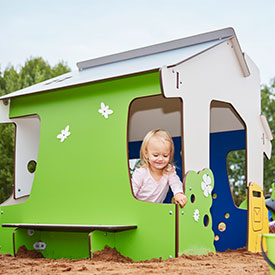
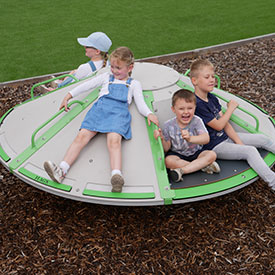
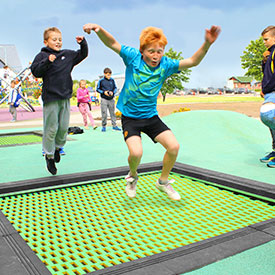
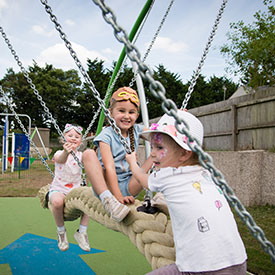
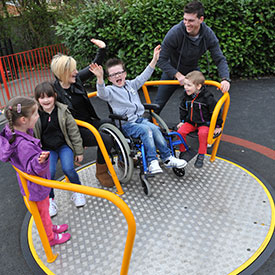
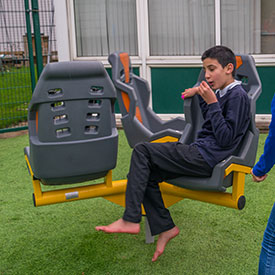
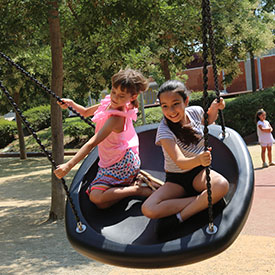
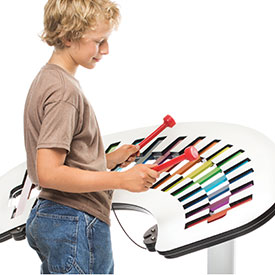
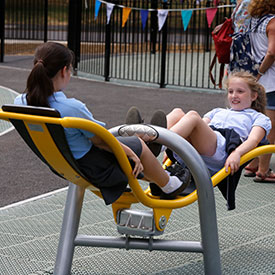
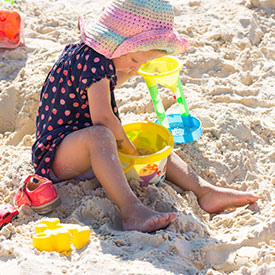
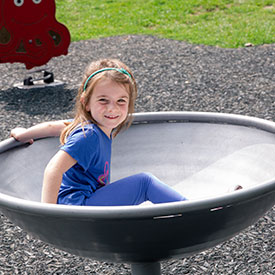

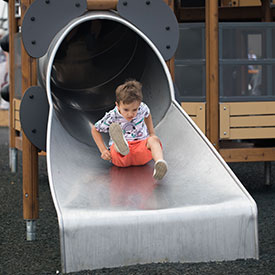
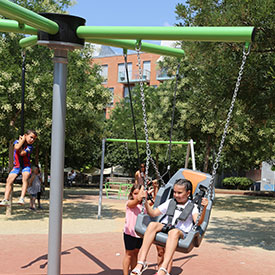
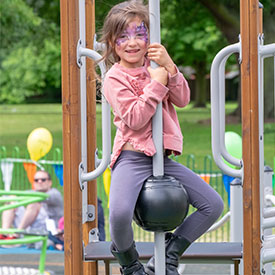
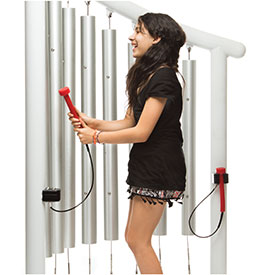
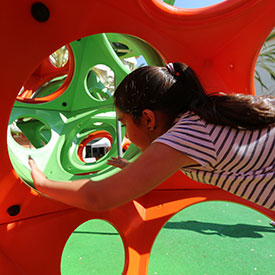
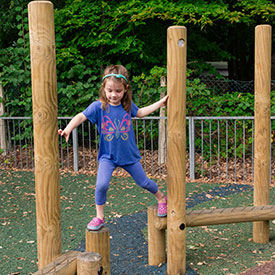
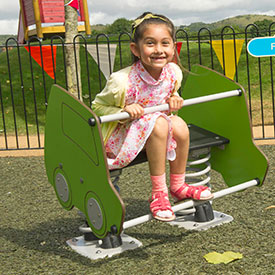
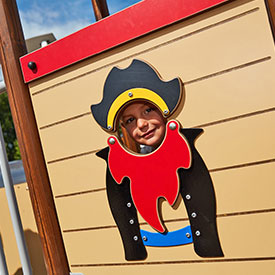
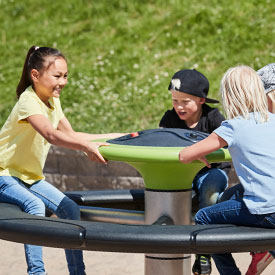
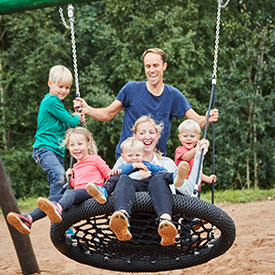
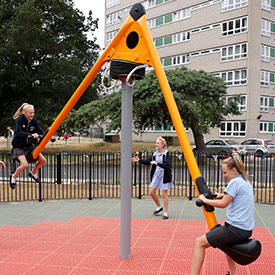
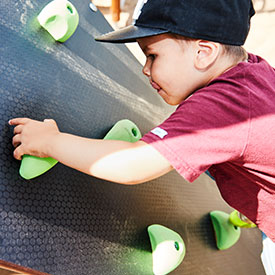
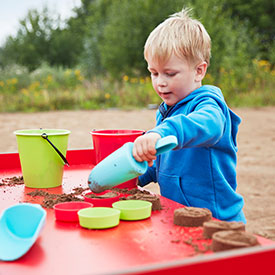
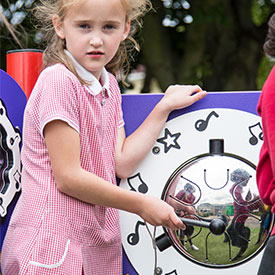
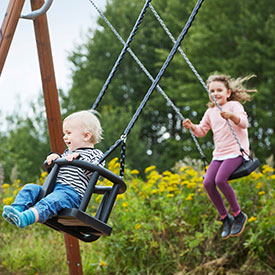
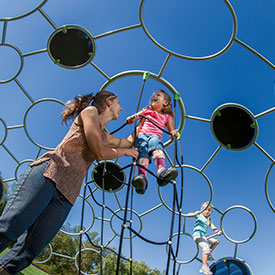
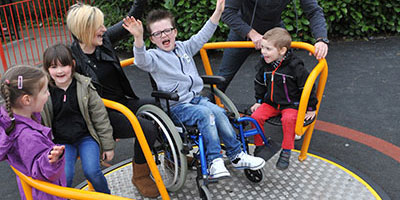

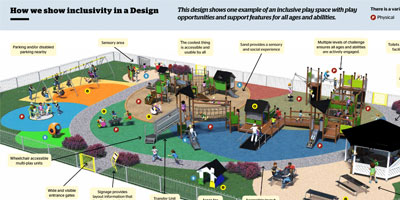
.jpg)
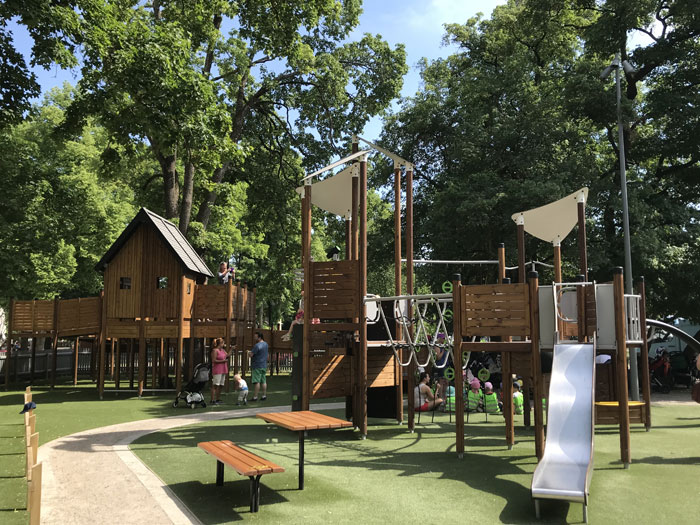
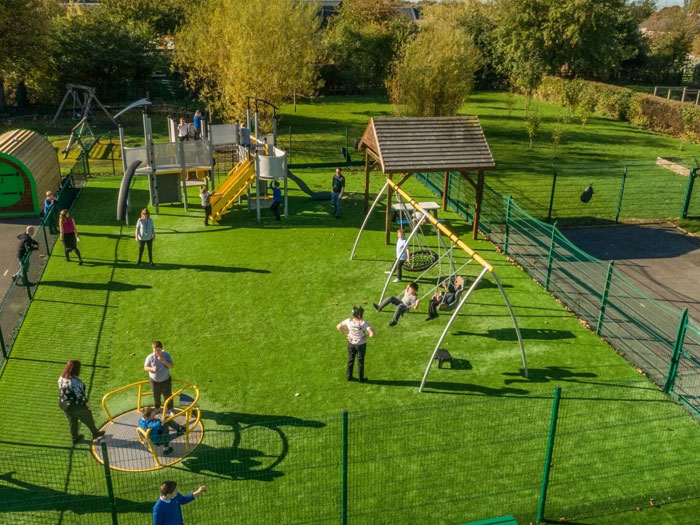
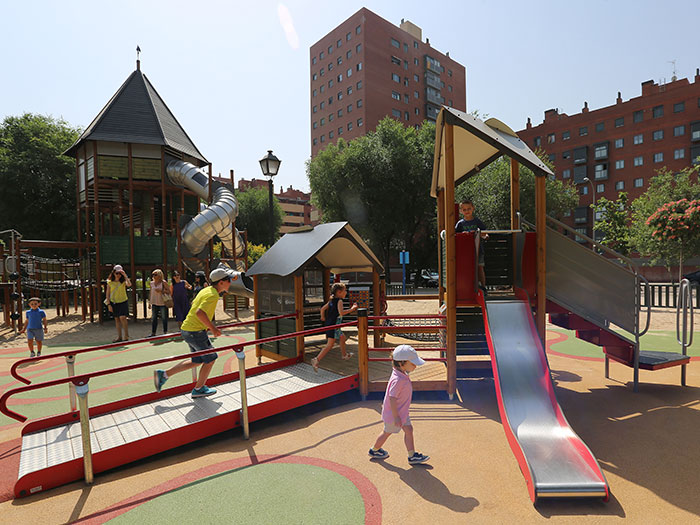

































































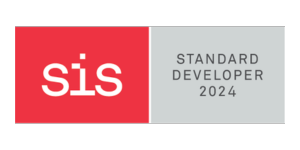


Follow HAGS: